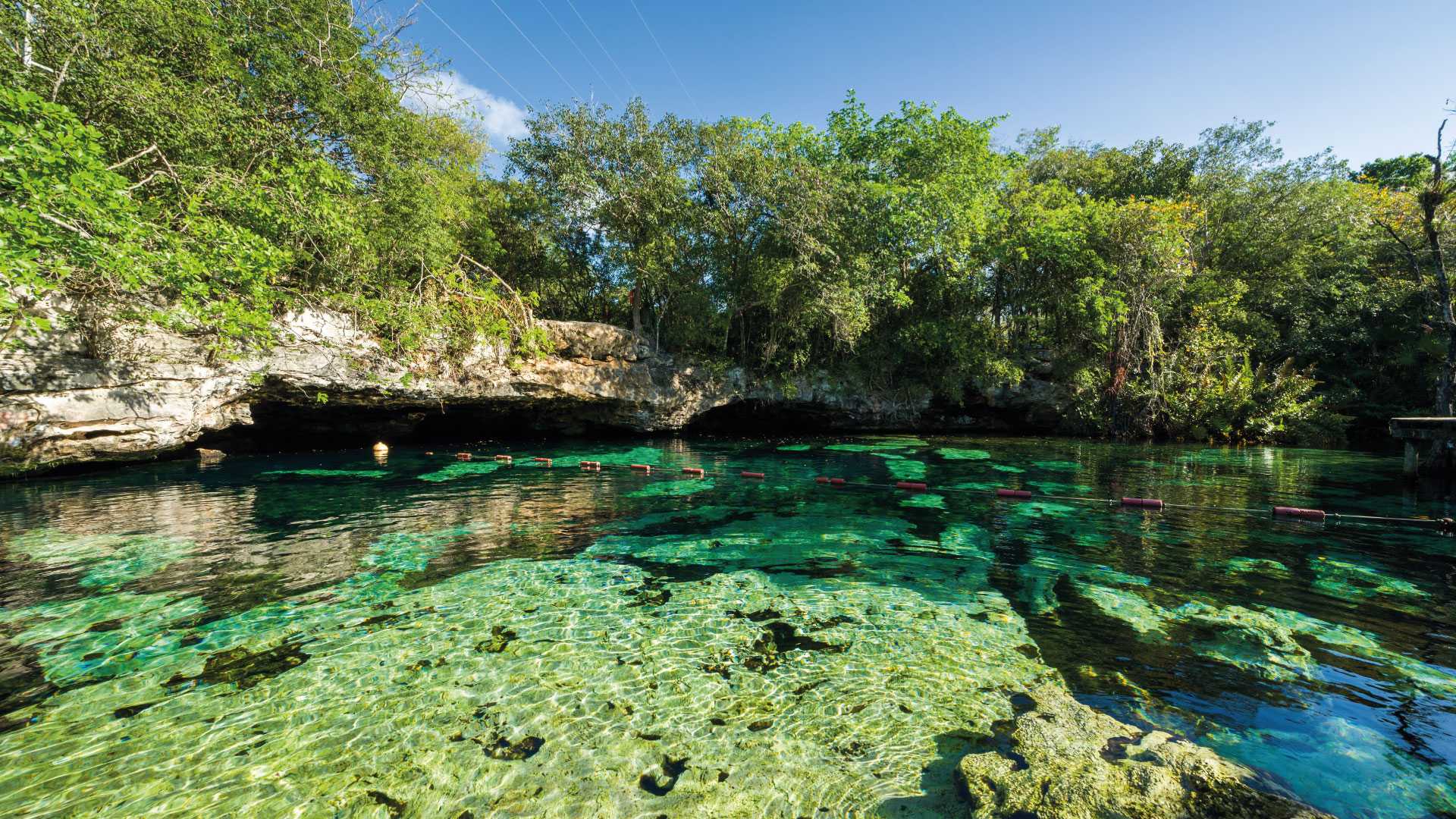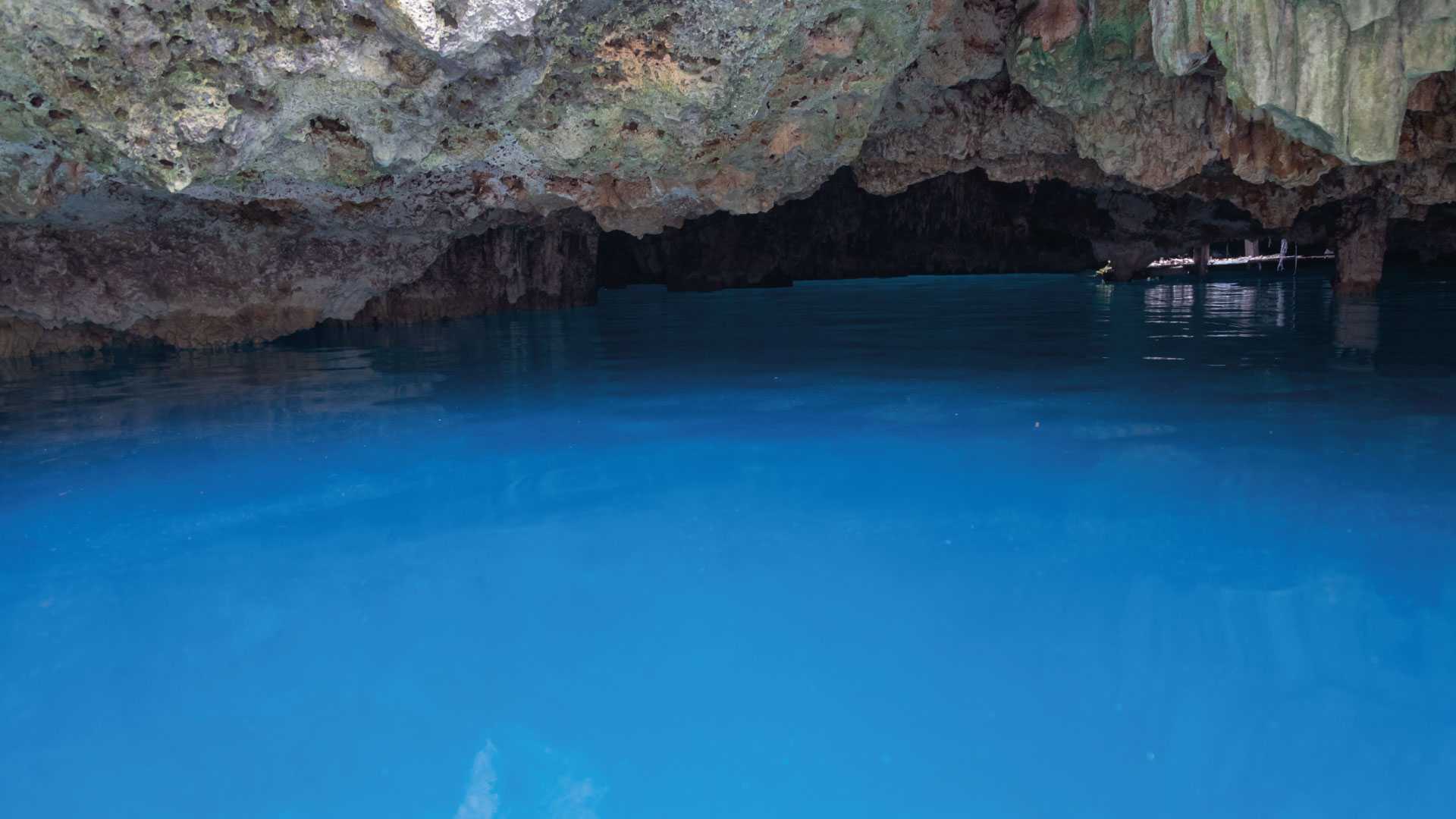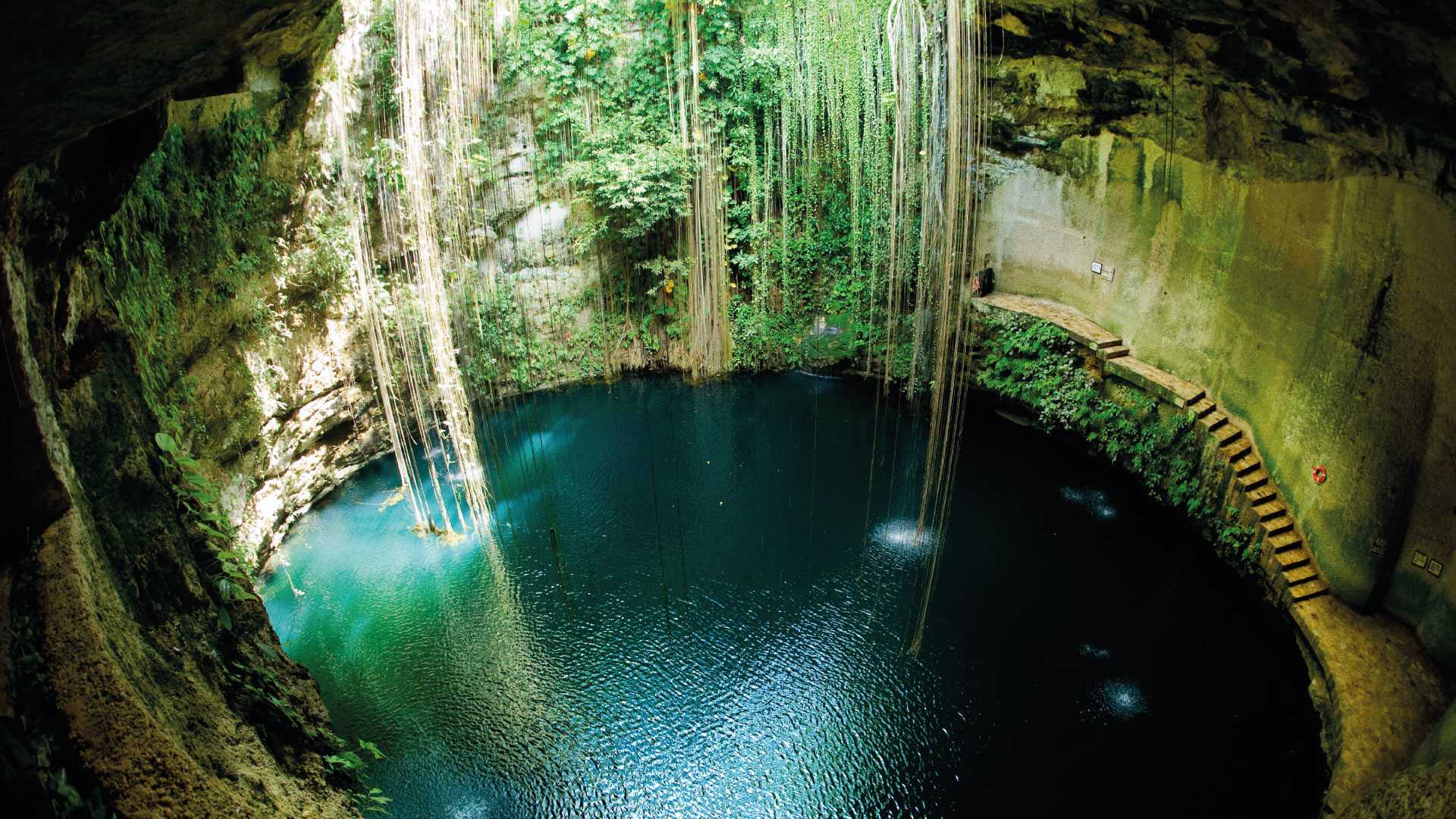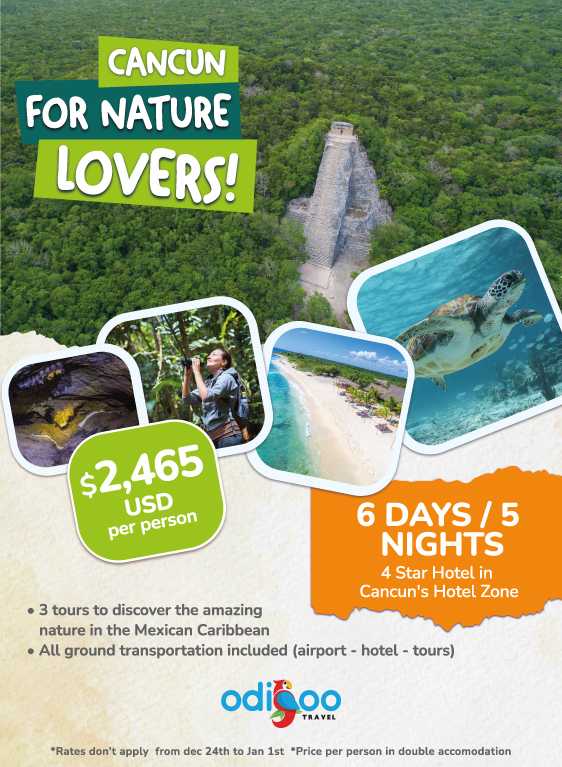Cenotes
The Riviera Maya is world wide famous because of its white sand beaches surrounded by an stunniing turqoise sea. The truth is that they are far from being the only attraction in this region of Mexico. You will also find incredible ecosystems and an amazing biodiversity.
The cenotes are among the moost fascinating places that you must not miss during your vacations in Cancun and the Riviera Maya.
If you want to know more about Cenotes in Riviera Maya and know where to find them and what to do once there, keep reading. Here’s...
👉 👉 👉 a complete guide to the cenotes in the Riviera Maya 👈 👈 👈
We offer you an exhaustive list of the cenotes sorted by the state where they are located (Quintana Roo and Yucatán) and by the main tourist destinations in the Peninsula.
PLANNING A TRIP TO CANCUN?
OUR TRAVEL CONSULTANTS ARE READY TO HELP YOU.
What are the cenotes? A few words about this unique natural phenomenon in the world…
There are over 6,000 cenotes in Mexico and almost all of them are located on the Yucatan Peninsula.
The cenotes may look like caves with water. Some are like small ponds, others look more like lakes, and others look like unexpected wells in the middle of the jungle.
There are all kinds of sinkholes scattered all over the Yucatan peníncula. They come in all shapes and sizes and are interconnected through a vast underground network. This underground system is filled with water and constitutes an important source of fresh water for the local communities, as there are no rivers on the surface. This is the reason why all the Mayan settlements and cities were built around cenotes.
The word "cenote" comes from the Mayan word “D’zonot”. In the past, cenotes were considered sacred spaces, and the Maya would make their offerings to the gods there.
Some cenotes are open to the public, while others are located in private properties. Sometimes you will have to pay an entrance fee, usually around 10 dollars ($200 pesos) per adult and 5 dollars ($100 pesos) per child. Activities such as swimming, snorkeling or diving are often offered in the cenotes.
Why are tourist required an entrance fee to visit the cenotes?
Since the cenotes are usually located in the territories of the Mayan communities, paying the entrance fee during your visit supports the local economy of the region.
Paying your entrance fee allows the Mayan communities to keep the cenotes in the best conditons as well as to build facilities to make the visitor's stay even more pleasant: showers, dressing rooms and small restaurants and shops.
This entrance fee also allows them to live off the natural resources of their territory.
Thanks to your payment, you participate in fairer tourism that supports local communities. 🤝
What will you find in the cenotes?
Most of the cenotes in the Riviera Maya are enabled for the visit of tourists. There are showers, dressing rooms, lockers, small shops to eat and buy drinks.
Activities such as swimming, diving, snorkeling or zip-lining are often offered at the cenotes.
🌿 Responsible tourism: what should you know before visiting a cenote?

Odigoo Tip:
Remember not to use regular sunscreen in cenotes as it damages the ecosystem! Always try to shower before swimming in a cenote.
Chemicals pollute the water in the cenotes and damage their fragile ecosystem.
Also, don't swim in a cenote if you're wearing makeup or just dyed your hair.
You will have to wear a biodegradable sunscreen, but the best option is to use sun-protective clothes instead.

Did you know that?
According to recent studies, more than 70% of the cenotes are already polluted by chemicals. Do not add to this ecological disaster and act to protect the environment.
What are the different types of cenotes that you will find in the Riviera Maya?
There are four basic types of cenotes that you can find in Yucatán and Quintana Roo:
- 1. Cave Cenotes: these cenotes are completely hidden under the ground with just a few openings in some cases that produce beautiful bolts of light when the sun pokes through them (Cenote Choo-Ha near Coba and Cenote Xkeken near Valladolid).
- 2. Collapsed top Cave Cenotes: these are cave cenotes whose tops have collapsed leaving a large opening that provides natural light (Cenote Samula near Valladolid and Cenote Ik Kil near Chichen Itza).
- 3. Open Cylinder Cenotes: these cenotes are like swimming pools with steep sides (cenote Popol Vuh near Cancun).
- 4. Fully Open Cenotes. these are cenotes that look like little ponds or lakes. They are easily accessible and the warmest ones in the area (Cenote Zazil Ha and Cenote Car Wash near Tulum).

Best Cenotes in Quintana Roo
As we explained earlier, the cenotes are scattered throughout the Yucatan Peninsula.
Now, it's time to learn where we can find the most beautiful and popular cenotes in the state of Quintana Roo.
For the record, Quintana Roo is located in the east of the peninsula. This is the Mexican state with Cancún, Puerto Morelos, Playa del Carmen, Tulum, Bacalar, Coba, and the capital city in Chetumal.
The Cenotes in Quintana Roo are very popular as this part of the peninsula receives the greatest number of tourists throughout the year.
Best Cenotes Near Tulum
Tulum is the most hipster destination in Riviera Maya and everybody loves its white-sand beaches and the archaeological zone. Not everybody knows that Tulum also has a long list of cenotes to enjoy.
Gran Cenote is the most popular one due to its impressive mix of caves and caverns. Cenote Dos Ojos , a large ring-shaped cenote, is a paradise for divers. Cenote Zazil-Ha and Cenote Car Wash are two fully open cenotes popular with tourists.
📝 A Complete List of Cenotes Tulum:
Here is a complete list of Cenotes in Tulum to explore.
- Cenote Angelita
- Cenote Calavera
- Cenote Car Wash
- Cenote Chimuch
- Cenote Dos Ojos
- Cenote Dream Gate
- Cenote Gran Cenote
- Cenote Pet Cementery
- Cenote Sac Actún
- Cenotes Yax-Muul
- Minotauro System (Caves)




Best Cenotes in and around Playa del Carmen
After shopping on 5th Avenue and sipping margaritas in amazing beach clubs, you should find some time to explore Playa del Carmen Cenotes.
Cenote Azul is by far the most popular as it’s a fully open cenote, easy to enjoy in the family. It’s so big that it’s naturally divided into sections, making it relatively easy to find a private spot.

Cenote Ponderosa also called “The Garden of Eden” is another popular open-air cenote great for swimming, snorkeling, and scuba diving.
If you plan to visit any of the theme parks in the Riviera Maya, located near Playa del Carmen, then we recommend Xcaret Park where you can also explore and enjoy many cenotes. Xcaret Park has many interesting cenotes and caves along with its many other attractions. You will not have a chance to get bored!
📝 A Complete List of Playa del Carmen Cenotes:
Here is a complete list of Cenotes in Playa del Carmen to explore.
- Cenote Azul
- Cenote Chac Mool
- Cenote Chikin Ha
- Cenote Cristalino
- Cenote El Pit
- Cenote Kantunchi
- Cenote Kukulkan
- Cenote Ponderosa (Jardín del Edén)
- Cenote Tajma Ha

Cenotes Cancun and Puerto Morelos
There are no cenotes located directly in Cancun or its hotel zone but quite a few of the best ones are in close proximity.
If you are on vacation in Cancun and want to visit the nearby cenotes, we recommend you go to Puerto Morelos.
« Route of Cenotes » is the perfect place for a half-day visit. We've already written about this place in this post: 15 must-do excursions in Cancun. If you wanto to read this article... go this way!
Puerto Morelos is a small fishing town about 9 miles (15 km) south of Cancun. It’s also the place with the impressive 35 miles (57km) long route of cenotes, ending in Leona Vicario, with 57 cenotes in total on the way.
You can rent a car during your vacations in Cancun and the Riviera Maya. With a car fully available to get around the Riviera Maya, you will easily reach the route of the cenotes and you will be able to visit as many cenotes as you want!
Another option to discover the route of cenotes is to hire the services of a private driver. This alternative offers the same freedom as renting a car with the added advantage of not having to worry about driving, looking for directions or keeping an eye on the GPS.
You can also visit the ecotourism park located on the route with various activities to enjoy: zip line circuits, biking, rappelling, driving ATVs, or all-terrain vehicles.
📝 A List of the Best Cenotes in Cancun and Puerto Morelos:
Here is a list of Puerto Morelos and Cancun Cenotes to explore.
- Cenote Boca del Puma
- Cenote Chilam Balam
- Cenote Há
- Cenote Iik´
- Cenote Kin Ha
- Cenote K´áak´
- Cenote La Noria
- Cenote Las Mojarras
- Cenote Lu'um
- Cenote Siete Bocas
- Cenote Verde Lucero
- Cenote Zapote

Cenotes Bacalar and Chetumal
The area of Bacalar and Chetumal, the capital city of Quintana Roo, doesn’t have many cenotes, but the ones you can find there, are worth a visit.
Cenote Azul is completely different from the one with the same name in Playa del Carmen. It’s huge, round, and completely open, and is located just next to Bacalar Lagoon with many restaurants in the area.
Cenote Cocodrilo Dorado is a beautiful turquoise cenote right on the border with Belize. You can even camp there and enjoy the activities offered, such as zip lines and cycling.
📝 A Complete List of Bacalar and Chetumal Cenotes:
- Cenote Cocalitos
- Cenote Esmeralda
- Cenote Negro
- Cenote Azul´
- Cenote Cocodrilo Dorado (Chetumal)

Cenotes in Cobá
The cenotes in Coba are cave cenotes, totally hidden underground. The entrance price is 100MXN for each one of them, so you will spend about $15 for all three.
Cenote Cho Ha is the closest to Coba and the most shallow, making it great for families with kids. 👪
Cenote Tamka-Ha, sometimes spelled as Tankah-Ha or Tamcach-Ha, is the deepest one and you’ll take wooden spiral stairs to get down.
Cenote Multum Ha is the biggest one, and you can jump inside from the wooden deck.
📝 A Complete List of Coba Cenotes:
- Cenote Multum Ha
- Cenote Choo Ha
- Cenote Tamkach Ha
Best Cenotes in Yucatán
The cenotes in Yucatan can be found from Merida to Valladolid and they’re usually cheaper to access than the ones in Quintana Roo. The prices may vary from 20 MXN ($1) to 100MXN ($5).
Best Cenotes in Mérida
Merida is the capital city of the Yucatan state. It’s a vibrant place with colonial-style architecture. There are a few cenotes inside the city and quite many around the area. The ones in the city are sometimes polluted and not best for swimming but the ones around are as stunning as the others on the peninsula.
The most beautiful cenote close to the city is cenote Xlach, which is part of the Dzibilchaltún Mayan Ruins.
📝 A Complete List of Cenotes in Merida:
- Cenote Xlacah, en Dzibilchaltún.
- Cenote Kankirixche
- Cenote of Cholul
- Chen há (Poza de agua), en Dzityá
- El Tívoli
- Tulipanes
- Villa María
- Huolpoch
- Kambul (Ojo de Venado)
- Dzonot ich, en Hacienda San Nicolás Dzoyaxché, la reserva ecológica Cuxtal
- Cenote of San Pedro Cholul
- Cenote of Sierra Papacal
- Cenote of Zodzil Norte
- Cenote Zhul ha, en Hacienda Sotuta de Peón
- Cenotes San Antonio Mulix: X’batun Cenote, Cenote Dzonbacal
- Cenote of Sierra Papacal: Cenote Santa Rosa, Cenote Yax Bacaltun, Cenote Canunchen

Best cenotes in Valladolid
Valladolid is a charming colonial town about a 50-minute drive from Chichen Itza.
The Valladolid area has some famous cenotes, including the Cenote Zaci in the center of the town!
📝 A Complete List of Valladolid Cenotes:
Here is a complete list of cenotes near Valladolid:
- Cenote Sambulá/Samula
- Cenote Agua Dulce
- Cenote Zacil
- Cenote Suytún
- Cenote Xkekén, también llamado Dzitnup.
- Cenote San Lorenzo Oxman
- Cenote Xcanche

Best Cenotes near Chichen Itza
As we mentioned a earlier, the archaeological site of Chichen Itza is famous throughout the world for its Mayan ruins and its Pyramid of Kukulkan.
It is possible to visit many cenotes around Chichen Itza, the first of which is obviously the Sacred Cenote located within the archaeological site.
If you have are going on a guided tour to Chichen Itza, seguramente estarás encantado de poder relajarte y refrescarte en un cenote después de esta visita cultural.
The most famous cenote around Chichen Itza is, of course, Ik Kil, to which we have also dedicated an entire article that you can read here. It is by far the most famous and the most beautiful in the region. The stop at Ik Kil is part of the classic tours that are organized from the main tourist spots in the Riviera Maya to Chichen Itza. A definite must during your visit to Chichen Itza.

📝 A Complete List of Chichen Itza Cenotes:
Here is a complete list of cenotes near Chichen Itza:
- Cenote Sambulá/Samula
- Cenote Agua Dulce
- Cenote Zaci
- Cenote Suytún
- Cenote Xkekén, aussi appelé Dzitnup
- Cenote San Lorenzo Oxman
- Cenote Xcanche
Other Cenotes in Yukatán
Apart from the cenotes located nearby cities and bigger towns, there are many others you may encounter on your trip across the Yucatan Península.
📝 A Complete List of Yucatán Cenotes:
Here is a complete list of Yucatan Cenotes outside popular tourist destinations:
- Cenotes in Cenotillo - Kaipech, Xayin, Ucil.
- Cenote of Chocholá - Cenote San Ignacio
- Cenotes dof Cuzamá - Chelentún, Chansinic'Che (Casa de la hormiga roja), Bolonchoojol (Nueve hoyos de ratón), in Chinkilá, Cenote Tzapakal
- Cenote of Dzilam Bravo - Cenote Cervera
- Hoctún Municipality - Cenote of Hoctún
- Kantunil Municipality - Chiuán, en Holcá
- Cenotes of Progreso - El Corchito, in the ecological reserve "El Corchito"; Venados, in the ecological reserve "El Corchito"; Helechos, in the ecological reserve "El Corchito"; Pájaros, in the ecological reserve "El Corchito"
- Cenote of Sinanché - Dzonot Tzik (Cenote bravo), à San Crisanto, Sinanché.
- Cenotes inn Tecoh - Chin Mul, in the ecological reserve of "Mayapán"; Cenote Chéen, in Telchaquillo; Cenote de Sabacché, in Tecoh
- Cenotes in Tekit - Timul, X'pakay
- Cenote in Tixcocob - Yaax Ha (Agua verde)
- Tizimín Municipality - Kikil
- Yaxcabá Municipality - X'Tojil
Interested in discovering the Nature in Cancun, check out this itinerary, we can plan something like this for you:

CANCUN FOR NATURE LOVERS: Get ready for a 6 day trip to Cancun 😎! Relax on the beautiful beaches 🌴 ☀️, go on a birdwatching tour 🦜 🦉 🦅 & get close to the wildlife 🦇 🐊 🐢 in the Mexican Caribbean 🇲🇽.
PLANNING A TRIP TO CANCUN?
OUR TRAVEL CONSULTANTS ARE READY TO HELP YOU.
Related Posts
Continue Exploring

